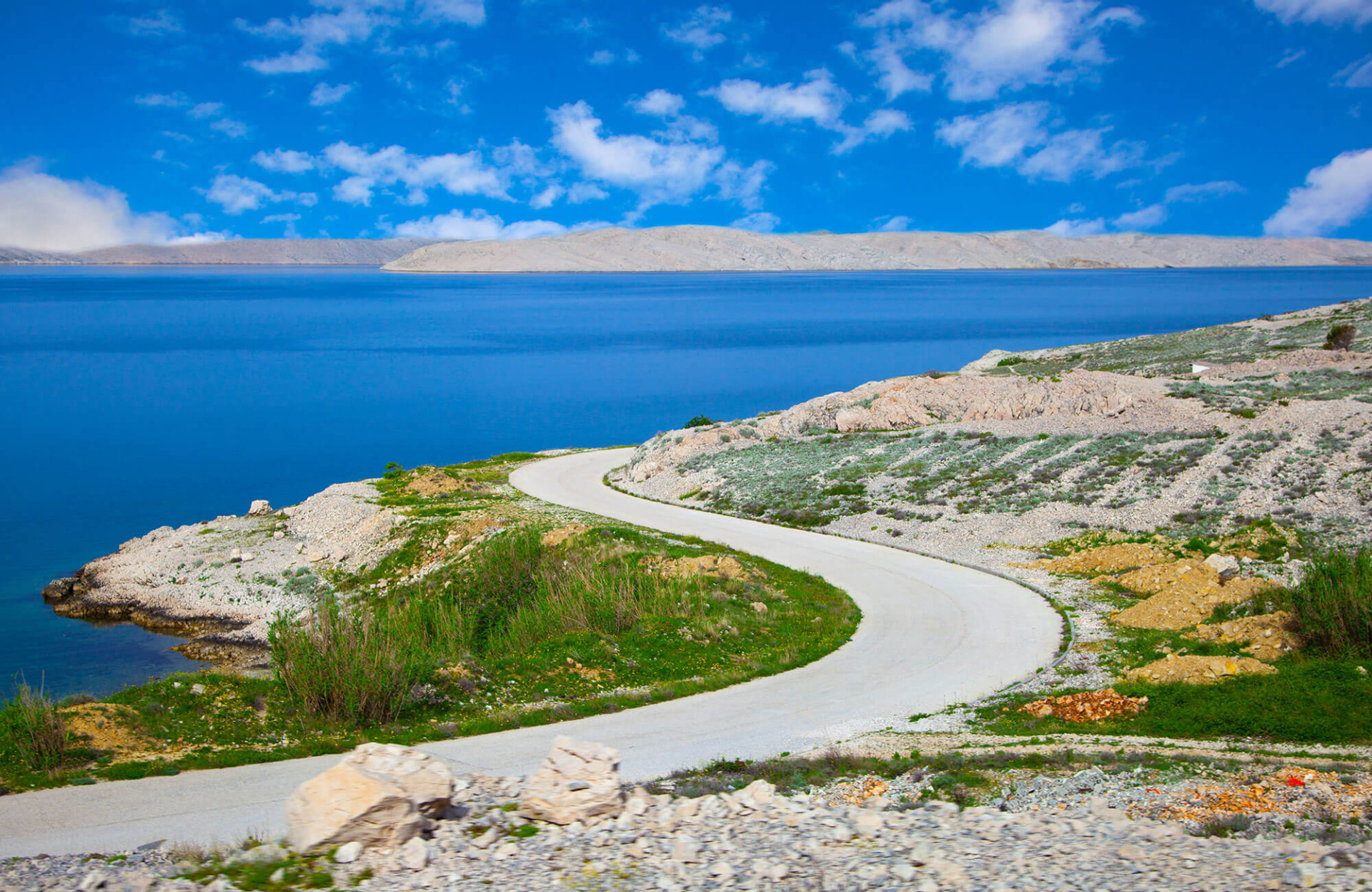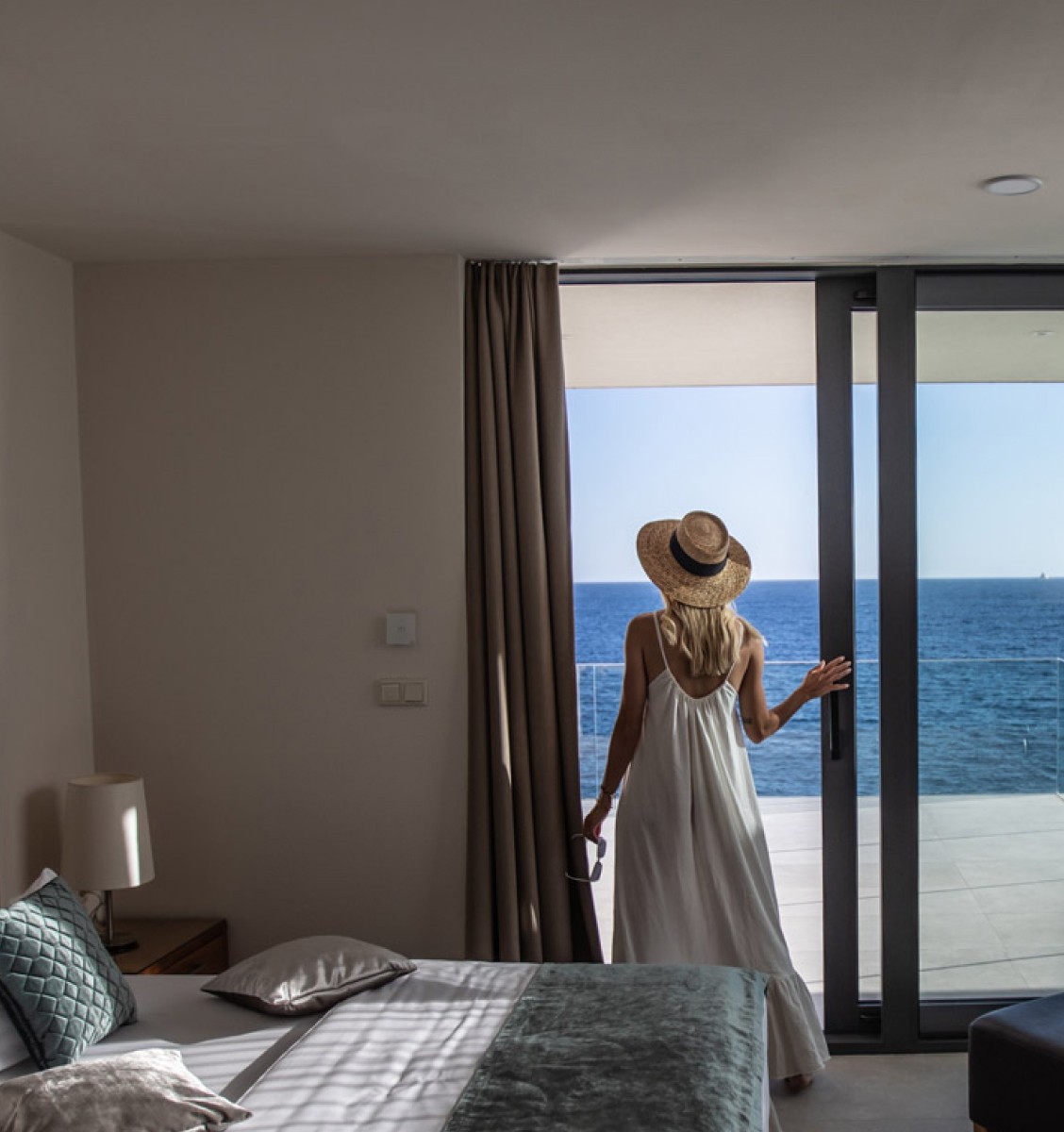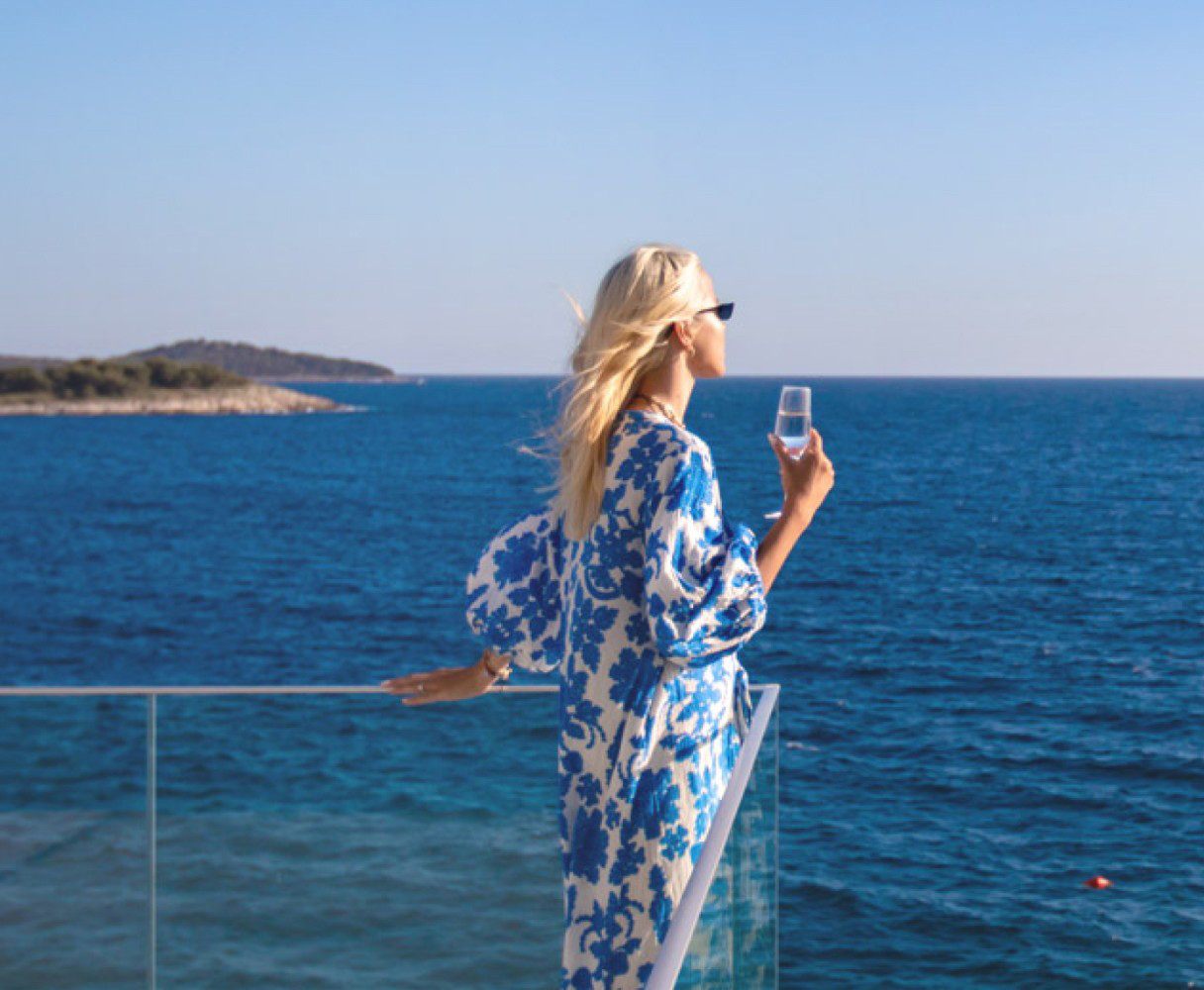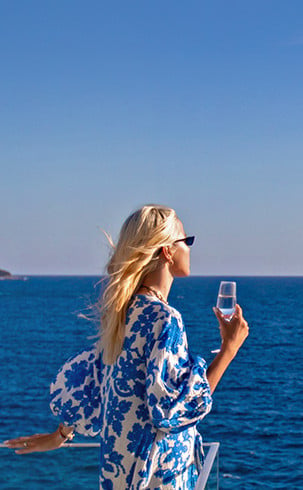The Adriatic coast, now official territory of Croatia, stretches from Italy on the northern, and Montenegro on the southern side. Croatia has existed, one way or another, for over thirteen centuries, and over that time, many tried to occupy it due to its strategic position, both continentally and nautically.
Today, Croatia stands still and strong, with a rich history of invasions and wars behind her. One article won’t be anywhere near enough to tell a whole story of Croatia’s road to independence, so My Luxoria is bringing you on a brief journey through the most crucial parts of Croatia's coast’s past!
Prehistoric times
Although everyone’s heard of the famous Homo sapiens of Krapina, there have been many findings on the grounds of the Istrian peninsula. Remains of the Homo sapiens sapiensa, tools, and weapons have been dug out from the Romuald cave near Rovinj, and caves such asŠandalja IInear Pula andVergotti cavenear Poreč were once home to humans during the higher palaeolithic period (40,000 - 10,000 years BC).
By the end of the palaeolithic and the latest ice age, global warming has begun. Sea levels have risen dramatically and many groups were forced to move inland, leaving their homes behind. Since then, the shape of the coast remained constant, and the formation of tribes began.
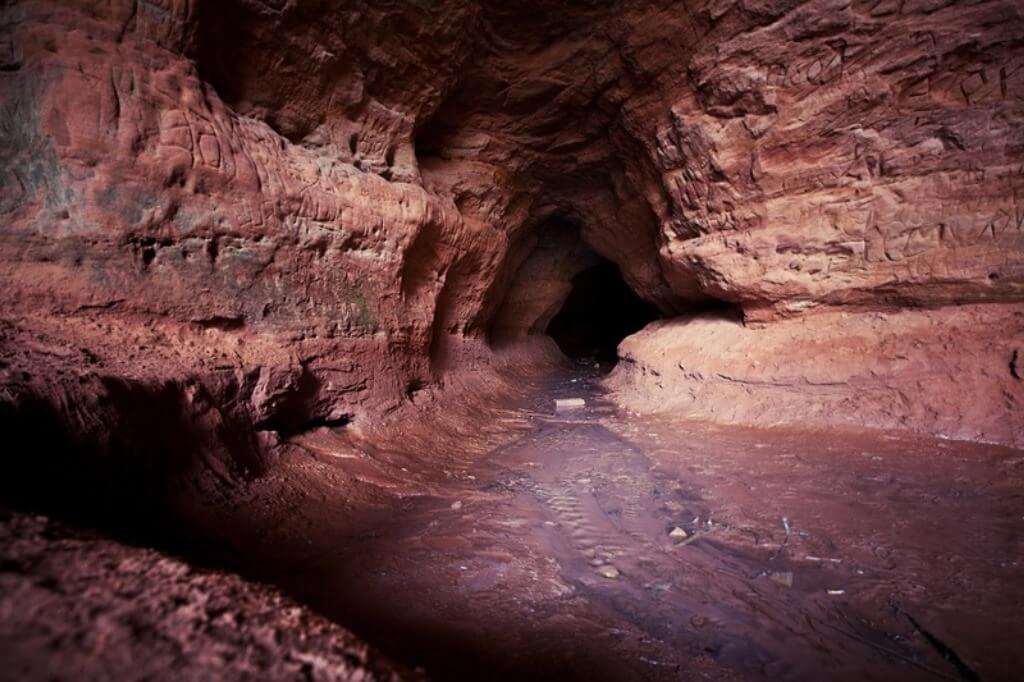
Ancient times: Greek and Roman occupations
People living on the western Balkan territory during the Stone Age were calledIllyrians. They consisted of today’s Croats, Bosnians, Albanians, and Montenegrins, and were distributed into plenty of tribes.
The Greeks saw the importance of the Illyrian land, its great position, and its strong people. During the 7thcentury BC, there were numerous attacks and attempts to occupy the coast, but there were hardly any successes.
During the rule of Dionysus the 1st of Siracusa (4th century BC), the Greeks were able to move their tribes to the Croatian coast. The first ever colony and city, Issa, was established on the island of Vis. Shortly after, with the help of the tyrant Dionysus the 1st, colony of Pharos was established on the island of Hvar, after the big opposition of the Illyrian tribes. On Pharos, they minted money, had ceramic workshops, and did the first-ever recorded parcelization on the Starigrad field.
After the death of Dionysus, Greeks from Issa continued to conquer Croatian ground, creating cities such as Tragourion -Trogir, Aspalathos - Split, and Salona - Solin.
As the Greek forces were getting weaker, the Romans arose and started taking over their territory. They first took Issa, and over the years broke through other Greek and Illyrian tribes all the way to the Pannonian lowlands.
Romans stayed on the Croatian land until the fall of the Western Roman Empire in 476 and had a great impact on today’s culture and heritage of Croatia.
Diocletian’s palace was built in today’s Split during the rule of the same-named emperor and had the original role of a “holiday house”.
During the Christian era, the palace became a home to many people, many temples were destroyed and replaced with churches and Catholic-related buildings such as St. Duje belltower. Today, you’re free to roam around, learn about it, visit the cathedral, and climb up the bell tower!
Pula’s amphitheatrewas built in the 1stcentury and served as a fighting ground. It was able to host around 25,000 people. Today it is open to the public, remaining the sixth-biggest amphitheatre ever built.
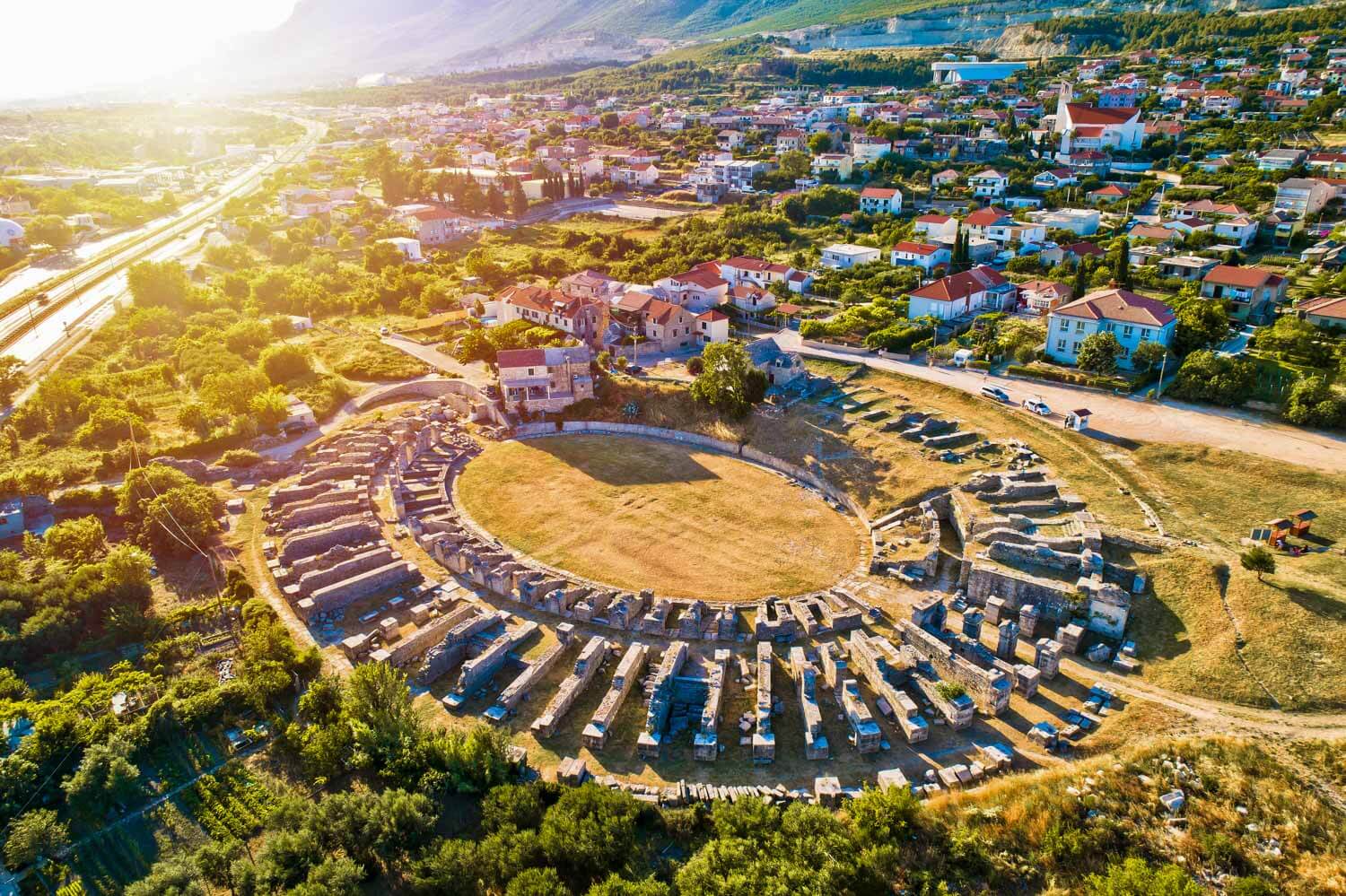
Mediaeval period: War era
The centuries that followed were characterised by a few major events.
The first ever written notice ofCroatian peopledates back to the 7thcentury. For the next three centuries, those who inhabited Croatian territories identified as Croats and lived under the leadership of famous Croatian monarchs like Tomislav, Zvonimir, and Trpimir.
TheVenetian Republicspread its influence over Croatian territories from the 10thto the 18thcentury. This period was marked by conflicts between the Croatians and Venetians. Zadar was the centre of Croatian resistance.
In 1409, Dalmatia was sold to the Venetian Republic for an embarrassing 100,000 ducats. This was encouraged by the fear of upcoming Ottoman invasions. The king had to choose the “less bad” outcome of territory loss. However, Dalmatia was occupied by the Ottomans a hundred years later. Ottoman aggressions in Croatia began in the 15thcentury and lasted until the 19th.
During that time, as the Ottoman progressed, many villages were burnt down, people killed, and women raped by savage soldiers. At the same time, Croatia joined theHabsburg Empirein the hope of protection.
During theAustro-Hungarian era, Croatia faced considerable cultural influence. The Austrians pushed for Germanization, while the Venetians along the coast promoted Italianization. These pressures played a significant role in molding the Croatian dialects we hear today. By the end of World War I, Croatia had finally freed itself from the Austro-Hungarian crown.
From 20thcentury to today
The beginning of the century was filled with protests and resistance against the crown. Attempts to unite all Slavic nations were frequent, and the outcome was positive.
Croatia became a part of theKingdom of Serbs, Croats, and Slovenes. During World War II, the coast was occupied by Italy and Germany. After the war, Croatia became a republic within socialist Yugoslavia.
Yugoslaviawas a socialist country and left many marks on today’s architecture and mentality of Croats. Cemented beaches, brutalist buildings, and big monuments are all parts of the time when southern Balkan countries lived unitedly under the rule of Josip Broz Tito.
After the death of Tito, Yugoslavia broke up, and five bloody war years towered over Croatian ground. Cities like Zadar and Dubrovnik were severely damaged by grenades and bombs, and many people left their homes. Fortunately, Croatia was able to resist and in 1995, it became an independent country.
Today, Croatia has its ground, language, and people. It is endlessly proud of all those years fighting back and protecting its beautiful sea, mountains, and rivers that now people from all around the world are coming to see.
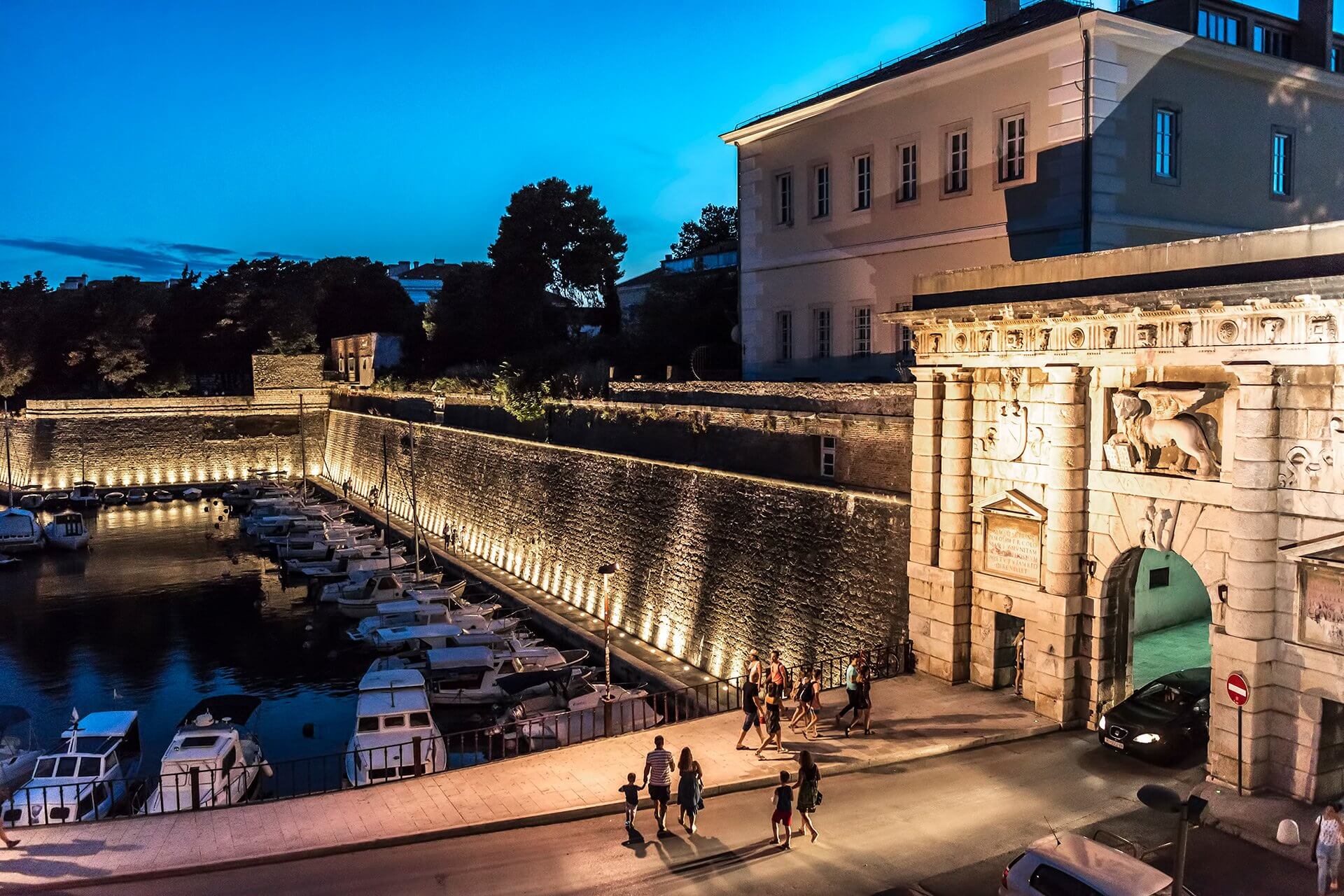
Conclusion: Small, but heroic country
After learning about the exciting history of such a small country, people get more respect towards the ground they walk on. Anywhere you go in Croatia, whether it is a small village in Lika or a big city like Dubrovnik, you’ll stumble upon exciting stories of battles and wars held on the very spot you’re standing on.
So, don’t hesitate to learn more about this beautiful coast as you enjoy all the magic it is bringing you!


